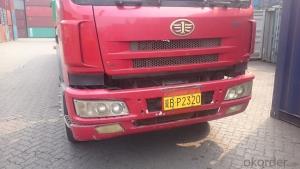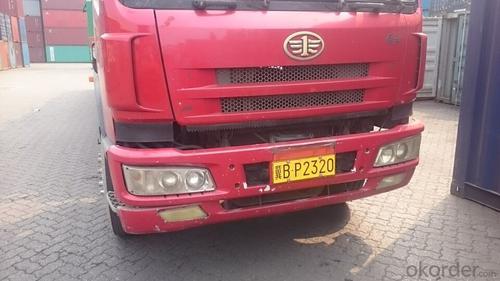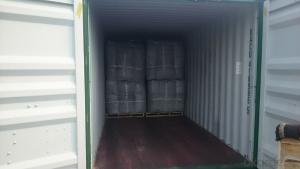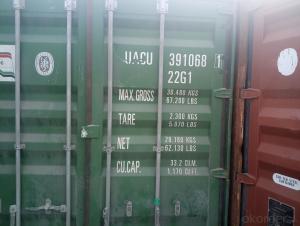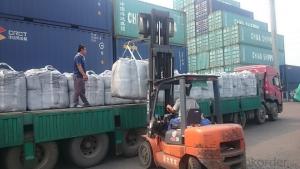Used in EAF as Charge Coke for Foundry Plants with Ash 8%max
- Loading Port:
- Tianjin
- Payment Terms:
- TT OR LC
- Min Order Qty:
- 21 m.t.
- Supply Capability:
- 6000 m.t./month
OKorder Service Pledge
OKorder Financial Service
You Might Also Like
Introduction:
Calcined anthracite can be called carbon additive, carbon raiser, recarburizer, injection coke, charging coke, gas calcined anthracite.
Carbon Additive/Calcined Anthracite Coal may substitute massively refinery coke or graphite. Meanwhile its cost is much less than the refinery coke and graphite. Carbon Additive is mainly used in electric steel ovens, water filtering, rust removal in shipbuilding and production of carbon material.
It has good characteristics with low ash, low resistivity, low sulphur, high carbon and high density. It is the best material for high quality carbon products. It is used as carbon additive in steel industry or fuel.
Features:
Best quality Taixi anthracite as raw materials through high temperature calcined at 800-1200 ℃ by the DC electric calciner with results in eliminating the moisture and volatile matter from Anthracite efficiently, improving the density and the electric conductivity and strengthening the mechanical strength and anti-oxidation, It has good characteristics with low ash, low resistivity, low carbon and high density. It is the best material for high quality carbon products, it is used as carbon additive in steel industry or fuel.
Specifications:
F.C.% | 95MIN | 94MIN | 93MIN | 92MIN | 90MIN | 85MIN | 84MIN |
ASH % | 4MAX | 5MAX | 6 MAX | 6.5MAX | 8.5MAX | 12MAX | 13MAX |
V.M.% | 1 MAX | 1MAX | 1.0MAX | 1.5MAX | 1.5MAX | 3 MAX | 3 MAX |
SULFUR % | 0.3MAX | 0.3MAX | 0.3MAX | 0.35MAX | 0.35MAX | 0.5MAX | 0.5MAX |
MOISTURE % | 0.5MAX | 0.5MAX | 0.5MAX | 0.5MAX | 0.5MAX | 1MAX | 1MAX |
Pictures
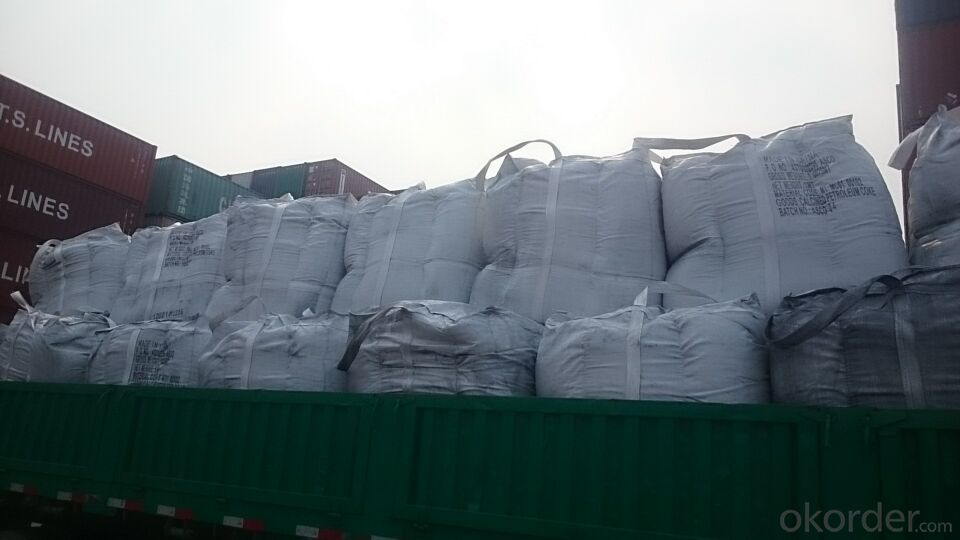
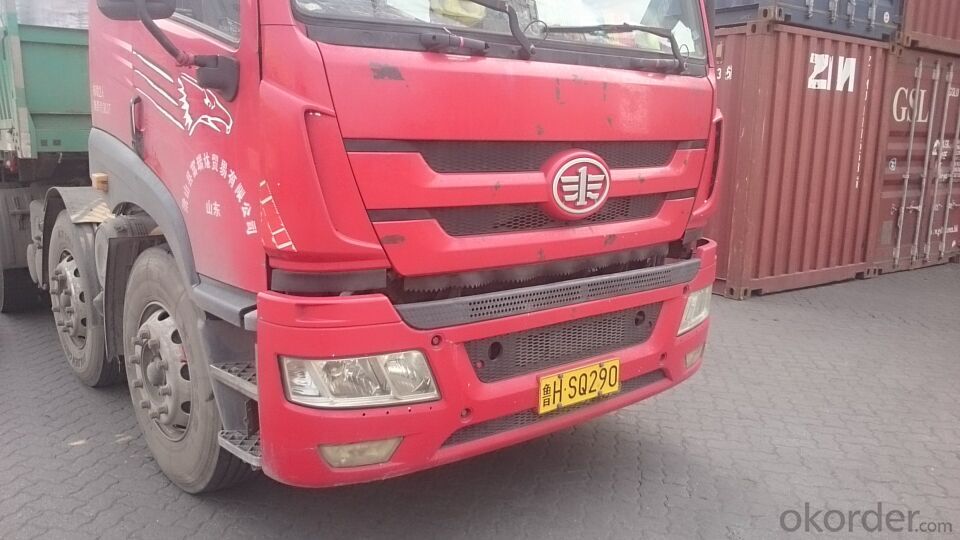
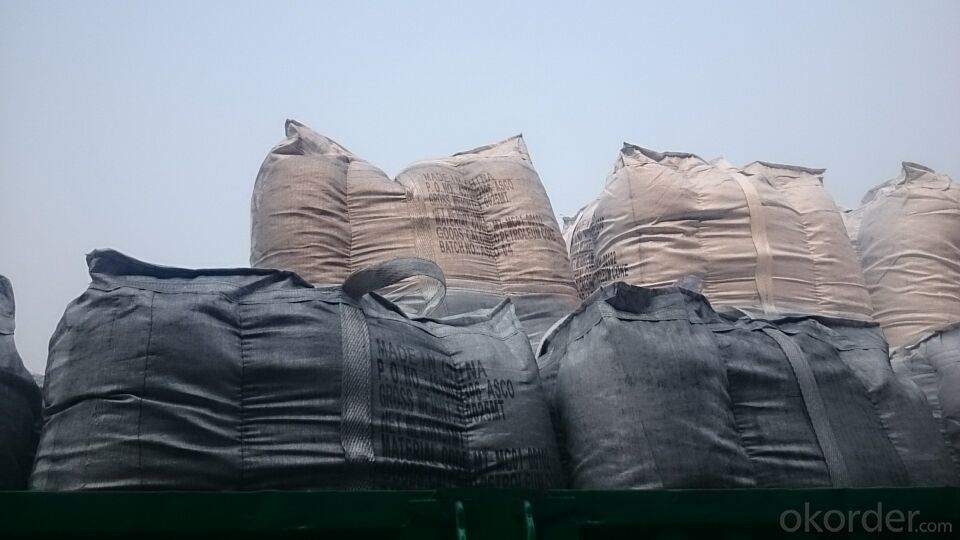

FAQ:
Packing:
(1). Waterproof jumbo bags: 800kgs~1100kgs/ bag according to different grain sizes;
(2). Waterproof PP woven bags / Paper bags: 5kg / 7.5kg / 12.5kg / 20kg / 25kg / 30kg / 50kg small bags;
(3). Small bags into jumbo bags: waterproof PP woven bags / paper bags in 800kg ~1100kg jumbo bags.
Payment terms
20% down payment and 80% against copy of B/L.
Workable LC at sight,
- Q: What are the impacts of carbon emissions on the availability of freshwater resources?
- The availability of freshwater resources is significantly influenced by carbon emissions, which have a notable impact. One of the primary consequences is the alteration of the global climate system. Global warming is caused by the greenhouse effect, which is triggered by increased carbon emissions. Consequently, there is a rise in the Earth's temperature, resulting in changes in weather patterns and precipitation. These changes in weather patterns can disturb the water cycle, which crucially affects freshwater availability. Evaporation rates increase due to warmer temperatures, leading to a greater loss of water from lakes, rivers, and groundwater reservoirs. This, in turn, reduces the overall volume of available freshwater. Furthermore, global warming can worsen drought conditions in certain regions. As carbon emissions contribute to higher temperatures, the frequency and severity of droughts also increase. This further decreases freshwater availability, as there is limited precipitation and water sources become depleted. Carbon emissions also impact freshwater resources by affecting the melting of polar ice caps and glaciers. With the Earth warming, these frozen water sources melt at an accelerated rate, initially adding more freshwater to the global water system. However, once these ice sources are depleted, the loss of freshwater will be significant. Additionally, this process negatively affects the quality of freshwater resources as pollutants and contaminants from the melting ice can enter the water. Moreover, carbon emissions contribute to ocean acidification, which indirectly affects freshwater resources. The increased carbon dioxide in the atmosphere is absorbed by the oceans, leading to acidification. This change in the ocean's chemistry can harm marine ecosystems, including coral reefs, which are essential for maintaining the health of coastal freshwater sources like aquifers. To mitigate the impacts of carbon emissions on freshwater resources, it is crucial to reduce greenhouse gas emissions and transition towards cleaner and renewable energy sources. Additionally, the implementation of effective water management practices, such as conservation measures, efficient irrigation systems, and the protection of water sources, can help preserve and sustain freshwater resources in the face of climate change and carbon emissions.
- Q: How does carbon impact the prevalence of tsunamis?
- Carbon does not directly impact the prevalence of tsunamis. Tsunamis are primarily caused by seismic activity, such as earthquakes or volcanic eruptions, which are unrelated to carbon emissions. However, rising carbon levels can contribute to global climate change, leading to the melting of polar ice caps and potentially increasing the risk of coastal flooding, which can indirectly amplify the impact of a tsunami.
- Q: What are the consequences of increased carbon emissions on social inequality?
- Increased carbon emissions have profound consequences on social inequality. The primary consequence is the exacerbation of existing inequalities, particularly in disadvantaged communities. Firstly, the effects of climate change, driven by carbon emissions, disproportionately impact marginalized communities, including low-income neighborhoods and developing countries. These communities often lack the resources and infrastructure necessary to withstand extreme weather events, such as hurricanes or flooding, resulting in greater vulnerability and loss of livelihoods. Secondly, the economic consequences of carbon emissions, such as rising energy costs and reduced agricultural productivity, further widen the gap between the rich and the poor. Affluent individuals may be able to adapt to these changes, while those with limited financial resources struggle to cope, leading to increased poverty and socio-economic disparities. Moreover, increased carbon emissions contribute to health disparities. Polluted air, resulting from carbon emissions, disproportionately affects low-income neighborhoods, where industrial plants and highways are often located. This leads to higher rates of respiratory diseases and other health issues among marginalized communities, exacerbating existing health inequalities. Furthermore, the impacts of climate change, driven by carbon emissions, can lead to forced displacement and migration. As environmental conditions deteriorate, communities may be forced to relocate, often resulting in social disruption and increased competition for resources. This can further marginalize vulnerable populations and create conflicts over land and access to resources. Lastly, the consequences of carbon emissions on social inequality extend globally. Developing countries, which contribute less to carbon emissions but bear a disproportionate burden of the impacts, face significant challenges in addressing climate change. Limited resources and technological capabilities hinder their ability to adapt and mitigate the effects, perpetuating global inequalities. In conclusion, increased carbon emissions have grave consequences on social inequality. They worsen existing disparities, particularly affecting marginalized communities, through the disproportionate impacts of climate change, economic hardships, health disparities, forced displacement, and global inequalities. Addressing carbon emissions and climate change is crucial not only for environmental sustainability but also for promoting social justice and reducing social inequality.
- Q: What are the consequences of increased carbon emissions on political stability?
- Political stability can be significantly affected by the increase in carbon emissions. Environmental challenges and natural disasters are intensified as a result. The frequency and intensity of extreme weather events, such as hurricanes, droughts, and flooding, are increased due to carbon emissions contributing to global warming. These disasters have the potential to displace communities, destroy infrastructure, and result in loss of life, all of which can destabilize societies. Furthermore, the economic consequences of increased carbon emissions can also lead to political instability. Climate change affects vital sectors such as agriculture, water resources, and energy production, causing economic disturbances, unemployment, and rising food prices. These hardships can fuel social unrest, protests, and even conflicts, particularly in countries heavily reliant on these sectors for their livelihoods. Moreover, increased carbon emissions can exacerbate existing social and political tensions. Vulnerable populations, including marginalized groups and communities in developing countries, are disproportionately affected by climate change. This inequality can worsen social disparities, increase social unrest, and result in political instability as marginalized communities demand action and justice. Additionally, addressing the global issue of climate change requires international cooperation and agreements. However, increased carbon emissions can strain diplomatic relations, especially between countries with differing views on climate action. Disagreements over carbon reduction targets, carbon trading mechanisms, and financial contributions can create diplomatic tensions and hinder global cooperation, ultimately impacting political stability. In conclusion, the consequences of increased carbon emissions have wide-ranging effects on political stability. From environmental challenges and natural disasters to economic disturbances and social tensions, carbon emissions strain societies and governments. To ensure political stability, it is crucial to make global efforts to reduce carbon emissions and mitigate the impacts of climate change.
- Q: How much is a ton of carbon fiber? How much difference is made between domestic and imported?
- Depending on what type, the difference is different
- Q: Buy carbon carving, how to identify him is true or false, and the quality of good or bad?
- Most consumers think the difference between "Zijin carbon carving" and activated carbon is a cheap, a noble, a beautiful, a dirty, in fact they have a completely different function, "Zijin carbon carving at least three point is beyond the powder activated carbon.One is "up to 100 times longer and even thousands of times the Zijin carbon carving" activated carbon powder than life, there is a gap between the granular activated carbon powder, the gap will be preferential adsorption of water vapor, in one to two months (the South may be less than half a month) to form a hydrophilic outer shell thus, lost its adsorption function, and the "Zijin carbon carving" the large volume high fine carbon, molecular absorption pressure technology of gapless combined, and through the fine carbon activation activation of the "Zijin carbon carving" internal logic array pore formation, through carbonization and activation, pore forming process makes "Zijin carbon carving" to achieve through the hole directional adsorption of formaldehyde, benzene and other toxic and harmful gases but also through the large hole directional water vapor, but also through the hole directional adsorption of radiation, thereby greatly prolonging the service life.Second is the powder activated carbon particles easily suspended in the indoor air, forming second pollution, and "Purple carbon carving" seamless seamless activated carbon sublimation products, no pollution second times.Third, "Purple carbon carving" has an elegant artistic form. It is an ideal decoration for home and office, and the purification effect is more thorough
- Q: What are the properties of carbon nanotubes?
- Cylindrical structures made entirely of carbon atoms are known as carbon nanotubes. They possess a distinct set of properties that make them highly sought after in various fields of science and technology. Some of the notable properties of carbon nanotubes are as follows: 1. Remarkable strength and stiffness: Carbon nanotubes have an exceptional strength-to-weight ratio, making them one of the strongest materials discovered so far. They are approximately 100 times stronger than steel, yet significantly lighter. This characteristic renders them suitable for applications requiring lightweight materials with high strength. 2. Excellent electrical conductivity: Carbon nanotubes exhibit excellent electrical conductivity, enabling efficient flow of electrical current. They can be utilized as conductive components in diverse electronic devices, including transistors, sensors, and energy storage systems. 3. Efficient thermal conductivity: Carbon nanotubes possess high thermal conductivity, allowing efficient heat transfer. This property makes them ideal for applications requiring effective dissipation of heat, such as thermal management in electronic devices. 4. Flexibility and resilience: Carbon nanotubes are highly flexible and can endure substantial deformation without fracturing. They can be bent and twisted without compromising their structural integrity, making them suitable for applications demanding flexibility, such as flexible electronics. 5. Unique optical and mechanical properties: Carbon nanotubes possess distinctive optical properties that vary depending on their structure and arrangement. They can absorb and emit light across a wide range of wavelengths, making them valuable in applications like photodetectors and solar cells. Additionally, their mechanical properties, including elastic deformation, contribute to their usefulness in applications requiring shock absorption and impact resistance. 6. Chemical stability: Carbon nanotubes exhibit high chemical stability, enabling them to resist degradation or corrosion when exposed to different chemical environments. This characteristic makes them suitable for applications in harsh conditions or as protective coatings. 7. Large aspect ratio: Carbon nanotubes possess a high aspect ratio, with lengths often exceeding thousands of times their diameter. This characteristic allows them to form robust and lightweight composite materials when integrated into a matrix, enhancing the overall strength and stiffness of the composite. In conclusion, the combination of properties displayed by carbon nanotubes makes them an intriguing and versatile material with enormous potential in various applications, including electronics, aerospace, medicine, and energy storage.
- Q: How is carbon used in the production of construction materials?
- Carbon is used in the production of construction materials through a process called carbonization, where organic materials such as wood, coconut shells, or coal are heated to high temperatures in the absence of oxygen. This results in the removal of other elements and the production of carbon-rich materials like activated carbon or charcoal, which can be used in various construction applications such as concrete production, filtration systems, or as a component in composite materials.
- Q: Carbon 60 related information
- The 60 is the solid carbon black, graphite and diamond. In addition, in recent years, scientists have discovered that some exist in new form of elemental carbon, which is more important in 1985 found C60. C60 is a molecule made up of 60 carbon atoms, similar to football. At present, people have made great progress in the research of C60, and the application of C60 in superconductor, material science and other fields is deepening. In our country, great achievements have been made in this field. For example, the metal doped C60 superconductor has been successfully developed in collaboration with the Physics Institute of Peking University and the Chinese Academy of sciences. It can be said that the discovery of C60 is of great importance to the study of carbon chemistry and even the whole field of chemistry.
- Q: How can Dungeon Fighter Online's superior furnace rock carbon be obtained?
- Bought in cash. You can go to the mall to have a look.
Send your message to us
Used in EAF as Charge Coke for Foundry Plants with Ash 8%max
- Loading Port:
- Tianjin
- Payment Terms:
- TT OR LC
- Min Order Qty:
- 21 m.t.
- Supply Capability:
- 6000 m.t./month
OKorder Service Pledge
OKorder Financial Service
Similar products
Hot products
Hot Searches
